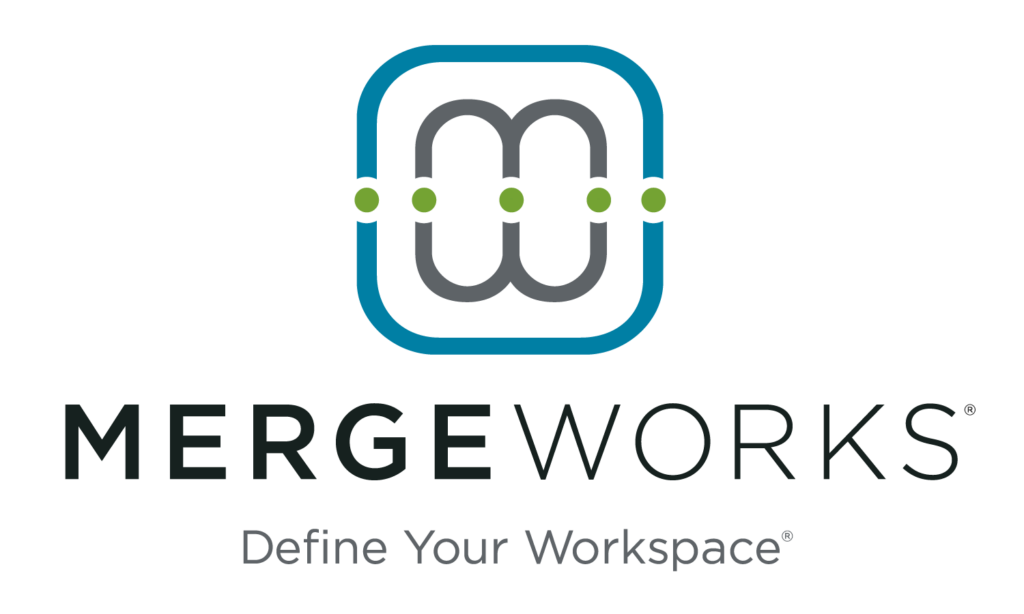Donor-Advised Funds (DAFs) have catapulted in popularity. If you’re still unsure what they are but give generously to charitable organizations, it’s time to understand their immense tax-saving potential.
The National Philanthropic Trust reports an increase across the board for DAF activity in 2021. Grants from DAFs to qualified charities increased 27% compared to 2019, and the DAF payout rate was one of the highest on record. They’re certainly more than a fad. The number of individual DAF accounts in the U.S. recently surpassed one million.
So what are DAFs? Revisit our blog post from a few years ago to refresh your memory. They’re “a little like a personal charitable savings account,” explains The Chronicle of Philanthropy. DAFs are private funds administered by a third party to manage charitable donations aggregated from multiple donors. As Investopedia explains, “they offer the donor greater ease of administration, while still allowing them to maintain significant control over the placement and distribution of charitable gifts. In addition, companies are able to offer this service to clients with fewer transaction costs than if the funds were handled privately. Donor-advised funds democratize philanthropy by aggregating multiple donors and processing high numbers of charitable transactions.”
San Antonio Area Foundation, just one local nonprofit among many that encourage donations through DAFs, offers a guide on their website. They explain how DAFs work as, quite simply:
- You make an initial, irrevocable gift of cash or stock to fund a DAF.
- The assets in your DAF grow tax-free.
- You make annual recommendations on gifts to be made from your DAF.
- When you pass away, your children may recommend charitable gifts from your DAF.
DAFs can be especially tax-advantaged in windfall years due to significant capital gains or appreciated assets (including closely held stock, real estate and even cryptocurrencies or other personal property). But it can also be beneficial to proactively “bunch” a few years’ worth of charitable donations into one year to push past the standard deduction threshold and get more deductible “bang for your buck.” As the Wall Street Journal explains, “Consider bunching your donations into a DAF this year, when they would be deductible, and advise the fund in future years which qualified charities should receive your generosity, and how much, whenever you decide.”
As you tuck those funds into a DAF, you don’t have to decide which charities will receive how much of it or when. But there are some cautions that WSJ points out, including a possible law change that will put a time limit on how long funds can remain in DAFs before they’re distributed to qualified charities. Not all funds are created equal—just as no two taxpayers’ opportunities are the same—so it’s essential to weigh the pros and cons with a professional before choosing. That being said, it can be worth it to consider those options before each giving season wraps up. Feel free to contact us with questions.















